We may be compensated if you purchase through links on our website. Our team is committed to delivering honest, objective, and independent reviews on home products and services.
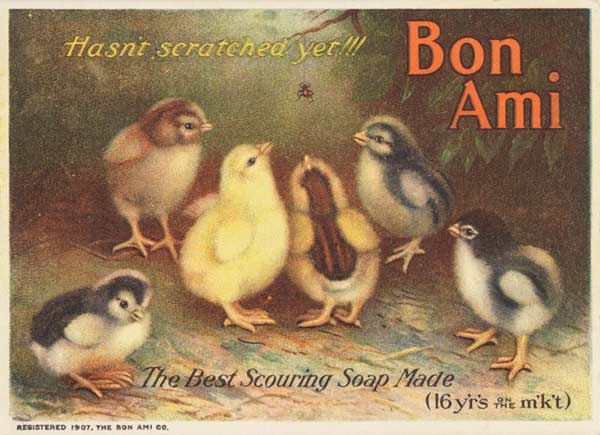
Cleaning products have come a long way since the early days of household maintenance, but some classics have stood the test of time. These vintage cleaning products often still have eye-catching retro packaging and carry fascinating stories of American ingenuity. From eco-friendly soaps to powerful scouring powders, these products have earned their place in our cleaning cabinets through decades of reliable performance.
6 Vintage Cleaning Products
Many old-school cleansers have more to offer than just their nostalgic appeal. Here are six vintage cleaning products that are still household staples.
1. Bon Ami
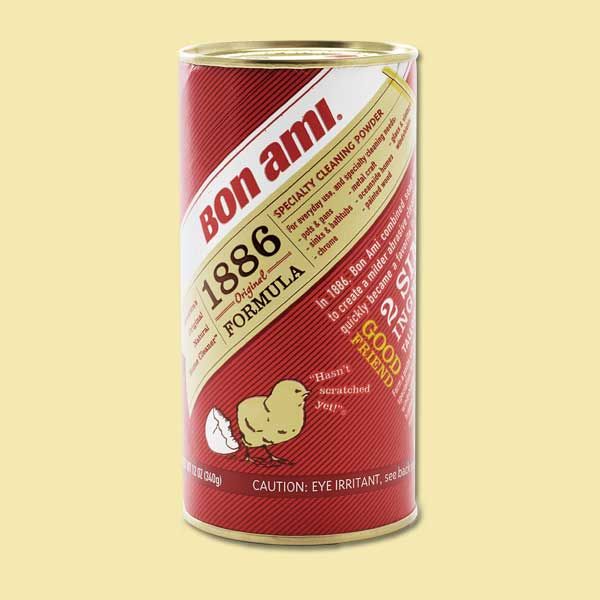
Bon Ami, French for “good friend,” has been a trusted cleaning companion in American households since 1886. This gentle yet effective cleanser was born out of resourcefulness and innovation. In the late 19th century, scouring soaps were made with abrasive powdered quartz, which had to be manually separated from feldspar. The feldspar was then discarded. However, J. T. Robertson saw an opportunity in the discarded mineral.
Robertson recognized that feldspar, being softer and less expensive than quartz, could be used to create a less abrasive cleanser. This insight led to the creation of Bon Ami, a product that quickly gained popularity for its ability to clean without scratching surfaces. The product’s success was further bolstered by its iconic packaging featuring a little chick and one of the earliest successful advertising slogans, “Hasn’t scratched yet!”
Today, Bon Ami continues to be a go-to choice for those seeking an effective, natural cleaning solution. Its formula remains true to its origins, using feldspar and other mineral abrasives, making it an environmentally friendly option for modern households.
2. Dr. Bronner’s Magic Soaps
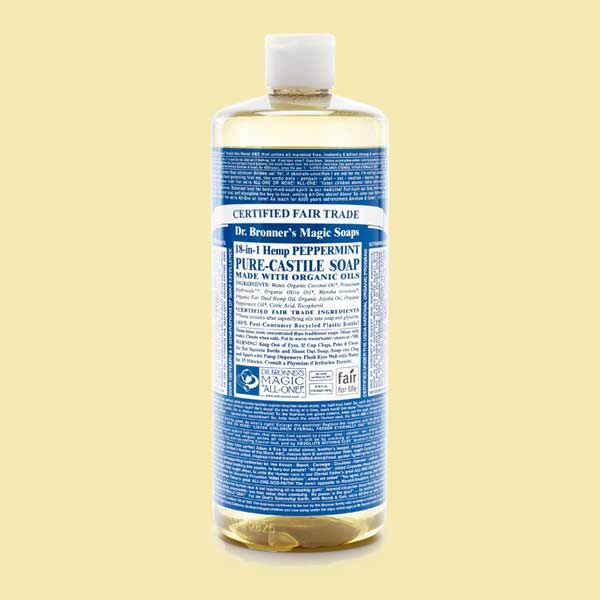
The story of Dr. Bronner’s Magic Soaps is as unique as the product itself. Emanuel Bronner, a third-generation soap maker, left Germany in 1929 and began speaking on his Judeo-Unitarian philosophy. After escaping from a mental hospital and fleeing to Los Angeles, he opened Dr. Bronner’s All-One God Faith.
During his lectures, Bronner would distribute his soaps. However, Bronner would soon realize that attendees were coming for the soap, not for his lectures, and would change tactics. He began printing his ideas on the soap bottles to spread his message. The brand would later adopt the name “Dr. Bronner’s Magic Soaps.”
Today, the packaging still contains unique messaging, including quotes from various historical figures and the founder’s own philosophy. Over the years, Dr. Bronner’s Magic Soaps remains committed to various causes, including animal rights, fair trade practices, environmental sustainability, social responsibility, and workers’ rights, among others. With organic ingredients, it’s a top choice for homeowners looking for eco-friendly cleaning solutions.
3. Brillo
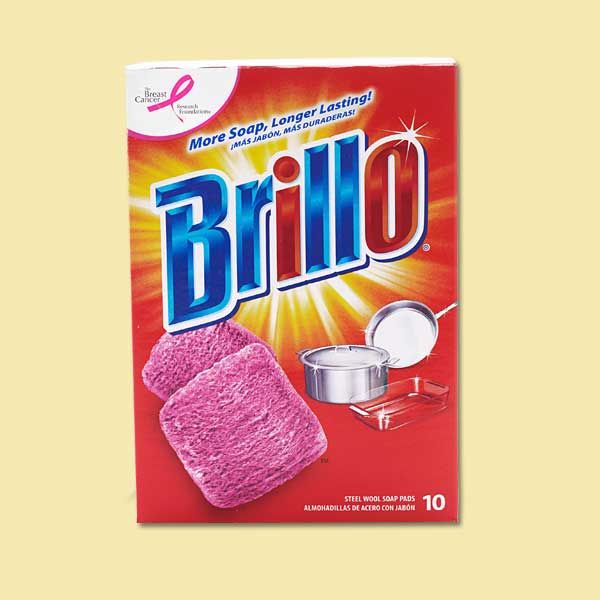
Brillo’s story is a testament to the power of practical problem-solving. In the early 1900s, as aluminum cookware rapidly replaced cast iron in American kitchens, a new challenge emerged. The coal-fired stoves of the era left pots and pans blackened with soot, creating a cleaning nightmare for homemakers.
In Brooklyn, an unnamed cookware peddler and his brother-in-law jeweler saw an opportunity. They created a unique solution—a mixture of jewelers’ rouge (a fine abrasive), soap, and fine steel wool. This combination proved highly effective at cutting through the stubborn, sooty residue on cookware. Unable to pay for the legal fees, they gave New York attorney Milton Loeb a part of their business, and the Brillo Manufacturing Company was opened in 1913.
Initially, the steel wool pads were separate from the soap. It wasn’t until the 1930s that the company developed a method to incorporate the soap directly into the pads, creating the convenient, all-in-one cleaning product we know today.
The company has changed hands several times over the past few decades—today, it’s owned by Armaly Brands. Despite the prevalence of non-stick cookware and modern cleaning products, Brillo remains a go-to solution for tough kitchen cleaning tasks.
4. Jubilee
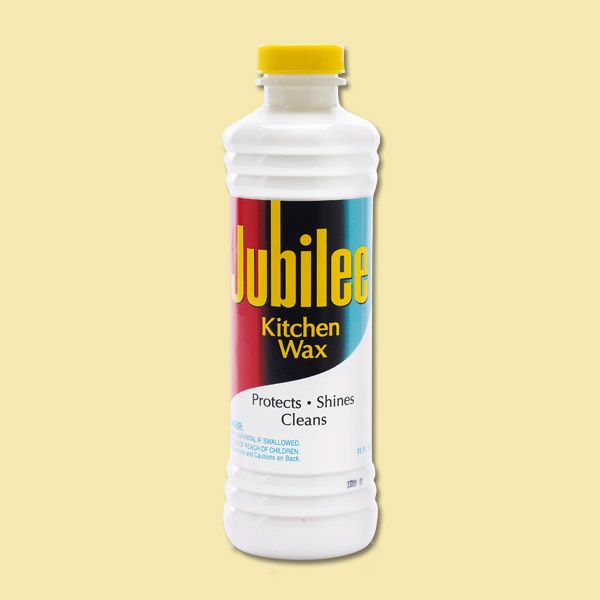
Jubilee Kitchen Wax was introduced by SC Johnson in the early 1950s. It represented a significant leap forward in household cleaning efficiency as it combined two essential steps—cleaning and polishing—into one easy application, saving homemakers valuable time and effort.
The creamy blend of detergent and wax quickly gained an enthusiastic following among consumers who appreciated its dual-action formula. True to its name, Jubilee was particularly effective on kitchen surfaces, leaving them clean, shiny, and protected.
However, the kitchen wax was discontinued in the early 2000s. It wasn’t until 2013 that customers saw Jubilee on store shelves again after the product was licensed and manufactured by Malco Products, Inc. This reintroduction was met with overwhelmingly positive consumer feedback, demonstrating the enduring appeal of this classic cleaning solution.
5. Bar Keepers Friend
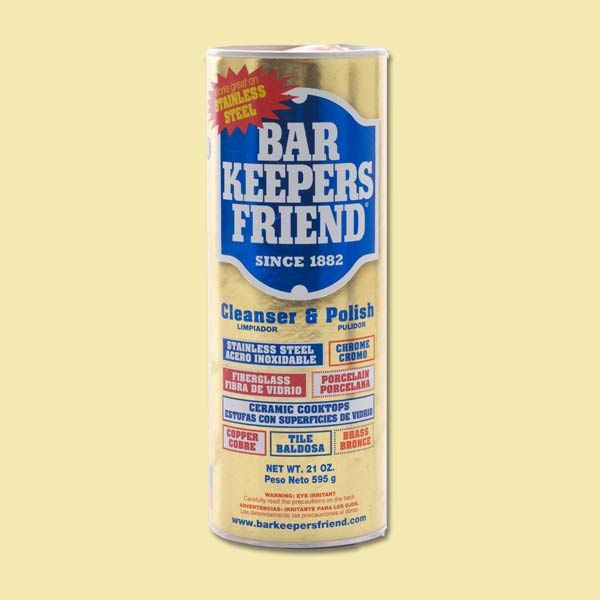
The discovery of Bar Keepers Friend in 1882 is a testament to the power of keen observation and scientific curiosity. An Indianapolis chemist, George William Hoffman, noticed something unusual after cooking rhubarb in a tarnished pot—the pot was now clean. This serendipitous observation led to a breakthrough in cleaning.
The secret behind this cleaning miracle was oxalic acid, a compound found naturally in rhubarb and spinach. Recognizing its potential, Hoffman formulated a cleanser using this powerful cleaning agent. He began selling his creation to local tavern owners, who quickly dubbed it the “Bar-Keeper’s Friend” for its effectiveness in polishing bar fixtures.
Today, the brand is simply known as Bar Keepers Friend, and it has expanded far beyond its original purpose. It’s now a versatile household cleaner used to brighten grout lines in tile floors and walls, clean and restore porcelain sinks and bathtubs, polish stainless steel appliances, remove stubborn stains from ceramic cookware, and more. Plus, Bar Keepers Friend doesn’t use bleach, which makes it a biodegradable and eco-friendly solution.
6. Bluette
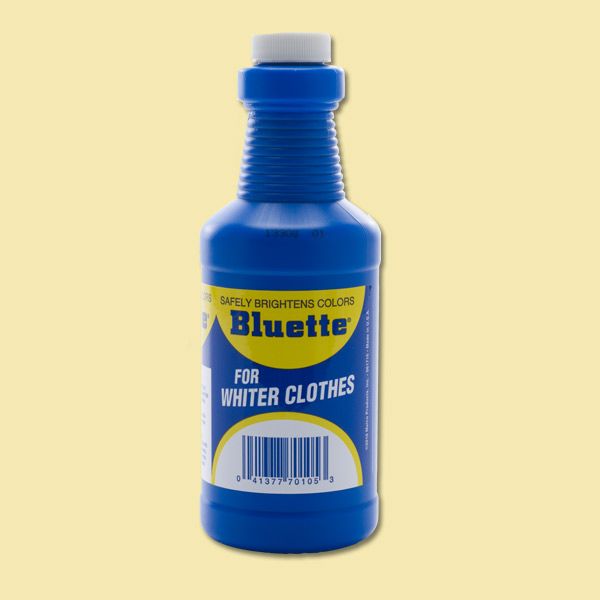
Bluing refers to household products that help to improve the appearance of clothes and other fabrics, particularly white fabrics.
As white fabrics age, they tend to take on a yellowish tint. Adding a small amount of blue to the wash counteracts this yellowing effect, making whites appear brighter and more vibrant. This optical illusion works because blue and yellow are complementary colors on the color wheel, effectively canceling each other out.
Bluette, an electric-blue liquid sold by Malco Products, Inc., is one example of a laundry bluing product that has been used for generations and still exists today. Another bluing agent that has stood the test of time is Mrs. Stewart’s Bluing, which dates back to 1883.
Modern detergents have largely replaced the need for separate bluing agents, but Bluette and similar products still have a large following.
The Enduring Appeal of Classic Cleaners
The longevity of these classic cleaning products is a testament to their effectiveness and the loyalty they inspire in consumers. In an age of constant innovation, these tried-and-true cleaners continue to hold their own against newer, more technologically advanced products.
Several factors contribute to their enduring appeal, including environmental considerations, proven effectiveness, simplicity, and, of course, nostalgia. As we continue to seek effective, reliable cleaning solutions, these time-tested products remind us that sometimes, the old ways are still the best ways.
